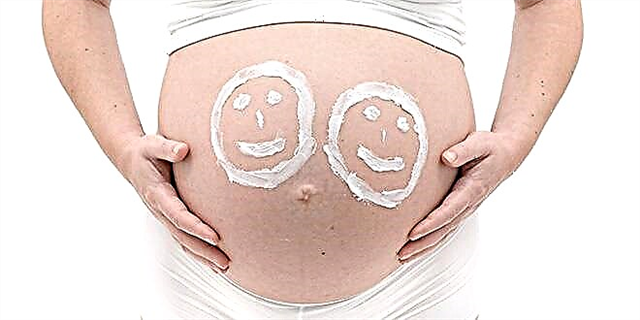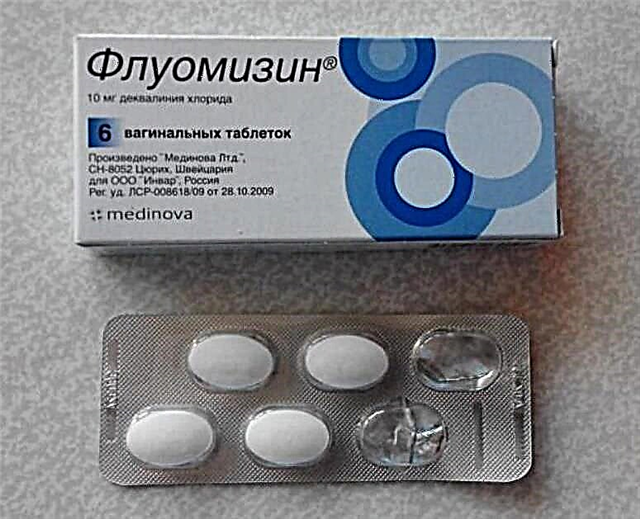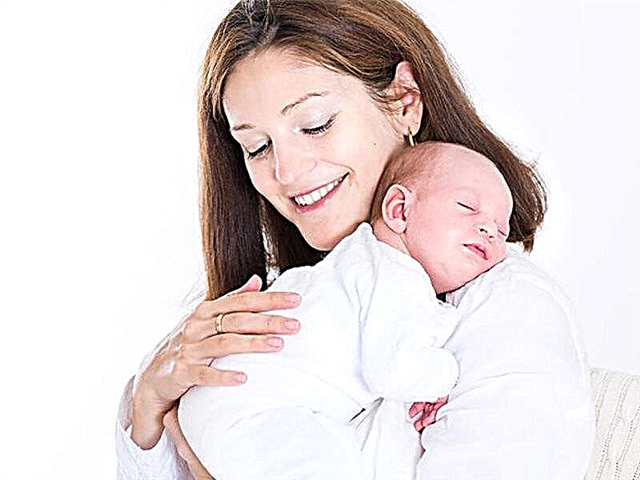
Attention is one of the most important conditions for good learning. And therefore, parents of children who are going to school or have already gone to first grade are often interested in how to make the child more attentive, better focus on the necessary information, less distraction and not forget about important things. If any problems have appeared, then you should not worry, since there are special exercises for the development of attention and concentration, which are successfully used in children 6, 7 and 8 years old.

Features of conducting classes
Since play is the main activity at an early age, it is best to develop children through play. If organized correctly, kids can easily cope with the assigned tasks, they are interestedly involved in the process and develop without any coercion. But for attention games to really deliver the expected benefits, it's important to keep these conditions in mind:
- Regularity. Classes should be carried out systematically, allocating time for them at least 2-3 times a week. This will provide much better results than occasional games without any organization.
- Duration. Since children cannot concentrate attention on one thing for a long time, all educational games should be short. Remember that at the age of 6-7 years, a child can engage in certain activities without losing interest in it, no longer than 30-40 minutes.
- Sequence... Mindfulness training should start with simple tasks, and then gradually set more complex tasks. At the same time, be sure to make sure that the child understands well what the rules of the game are and what exactly is required of him.


You also need to take into account the properties that highlight the attention. If the child is distracted and disorganized, he may have problems concentrating.
If the crumbs are unable to generalize objects and classify them, this indicates an insufficient amount of attention.


The duration of work on a specific task is characterized as perseverance, and the ability to simultaneously monitor several cases is called switching and distribution of attention. It happens that one of these properties requires correction, while others do not suffer. This affects the choice of tasks and exercises for a particular baby.

Types of games
All activities in a playful way for the active development of attention can be divided into such large groups:
- Games with paper manuals. They are very popular and involve the use of pre-prepared sheets, notebooks, books, magazines and other printed aids with bright drawings, letters, numbers. These games are very varied, focusing well and preparing for schooling.


- Word games. An example of such a game would be "Edible-inedible", when an adult throws a ball and names food mixed with inedible objects, and the child must be attentive and catch the ball only in response to "edible". The second example - a child should name objects according to some specific feature, for example, only green or only wooden. The third example - a child needs to tell a fairy tale or sing a song, and an adult at this time will distract him in various ways. Games like this additionally stimulate speech and fantasy.

- Active games with exercise... Kids like them and are especially interesting if several children are involved. The leader should show some exercise or movement, and everyone else should repeat after him. In such games, you can use "forbidden" movements (do not repeat any specific exercise), memorizing several movements in a row and other tasks.

- Board games... Playing dominoes, sea battle, checkers, bingo, tic-tac-toe and other exciting games with your child, you can develop not only attention, but also thinking, logic, memory and other brain functions.


Exercises to develop selective attention
There are many interesting tasks with which you can train attentiveness at 6, 7 and 8 years old. These include:
- Search for the same. The child is offered a sheet with many similar images. But only two of them coincide in all details. After examining each drawing, the child must find the same pictures.
- Search for differences. The child is given two pictures that have similar pictures, but they have a number of differences. The task is to find all the differences.


- Search for pairs... There are many pictures on the suggested sheet, most of which have a pair (drawn twice). However, there are also two images that are missing a pair. It is them that you need to find by concentrating your attention.

- Passage of the maze. The child receives a picture with a labyrinth, through which it is necessary to "guide" an animal, cartoon character or car. This exercise helps to develop not only mindfulness, but also spatial thinking.


- Splitting images... On the proposed sheet, the child sees several contours of images overlapping each other. For the smallest, each contour is made in a separate color to make it easier to find separate images.

- Drawing by reference... Repetition of a drawing according to a model is also a good training for attention, when in one window there is a ready-made image, and in the second only its outline in the form of dots. A task of the same type is to continue a particular pattern.


- Selection of groups of objects... Such training perfectly stimulates selective attention. On the sheet given to the child, many different objects are usually depicted, which should be divided into groups based on common characteristics. For example, you need to circle transport, vegetables, mushrooms or musical instruments with separate lines.

Children who know the numbers well can be invited to practice with Schulte tables. In such tablets, the numbers are arranged chaotically, so the child will have to quickly switch attention to find everything in order.

Most often the table has 25 cells (5x5), respectively, 25 numbers are "hidden" in it. However, there are other sizes - from 9 elements (3x3) to 256 (16x16).
In addition, there are letter tables in which you need to search for letters alphabetically.

Separately distinguish Gorbov-Schulte tablesthat differ from the standard in color. They use red and black, which can be either the background or the numbers.

Besides being mindful, the use of Schulte tables also contributes to the development of oral counting, memory and peripheral vision, and the letter version is used in the study of speed reading. Younger students are also happy to study the text, for example, they cross out all the letters "a", "o" or "m" in it. You can also underline a specific letter or count it in a given passage of text.
Expert advice
When organizing activities at home that will help your child improve mindfulness, it is important to be kind and patient. Parents should be mindful of their goals and interest the baby in training, but not overload him.


You should not constantly repeat the same exercises or get hung up on those tasks that are difficult for children. This tactic will lead to a loss of interest.
In case of failures, scolding the child is also not necessary. This will not motivate him to study, but will only worsen the attitude towards classes. Try to select tasks and games that will be of particular interest to your son or daughter. In addition, conduct the class in a place where the baby will not be distracted by anything else. If you see that the child is tired, it is better to interrupt the lesson and return to it later.


Attention games for children 6 years old are given below.



